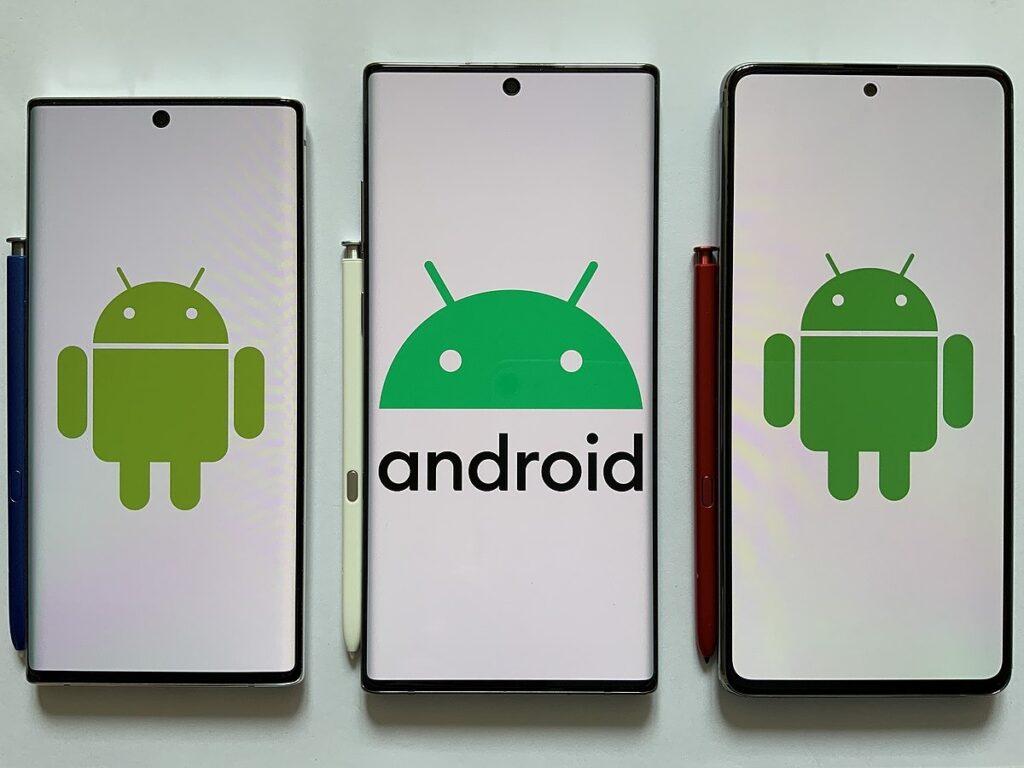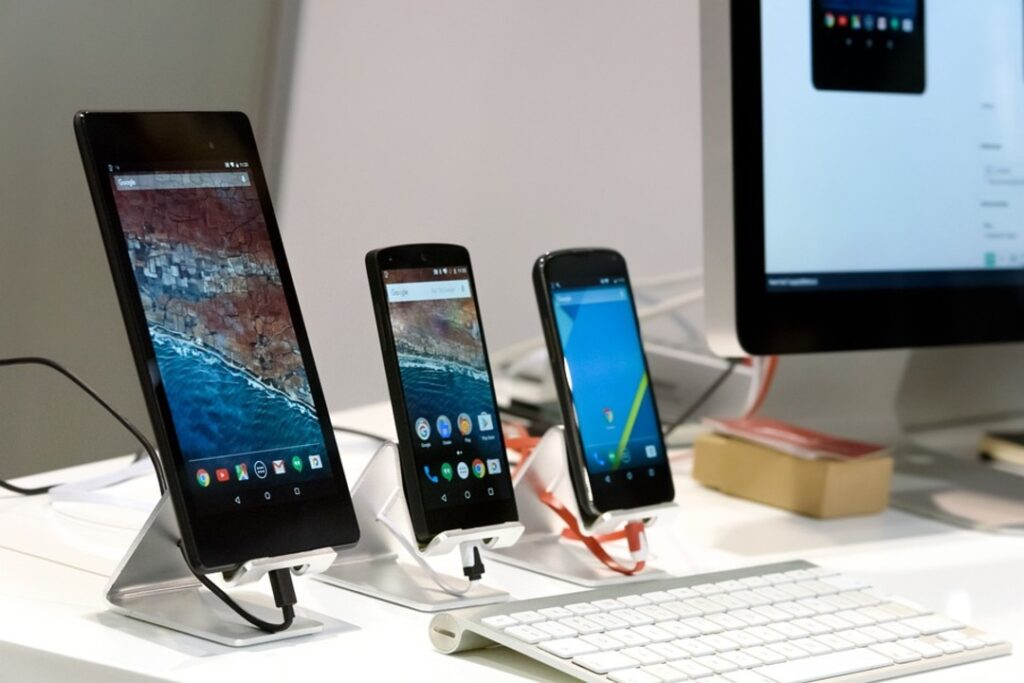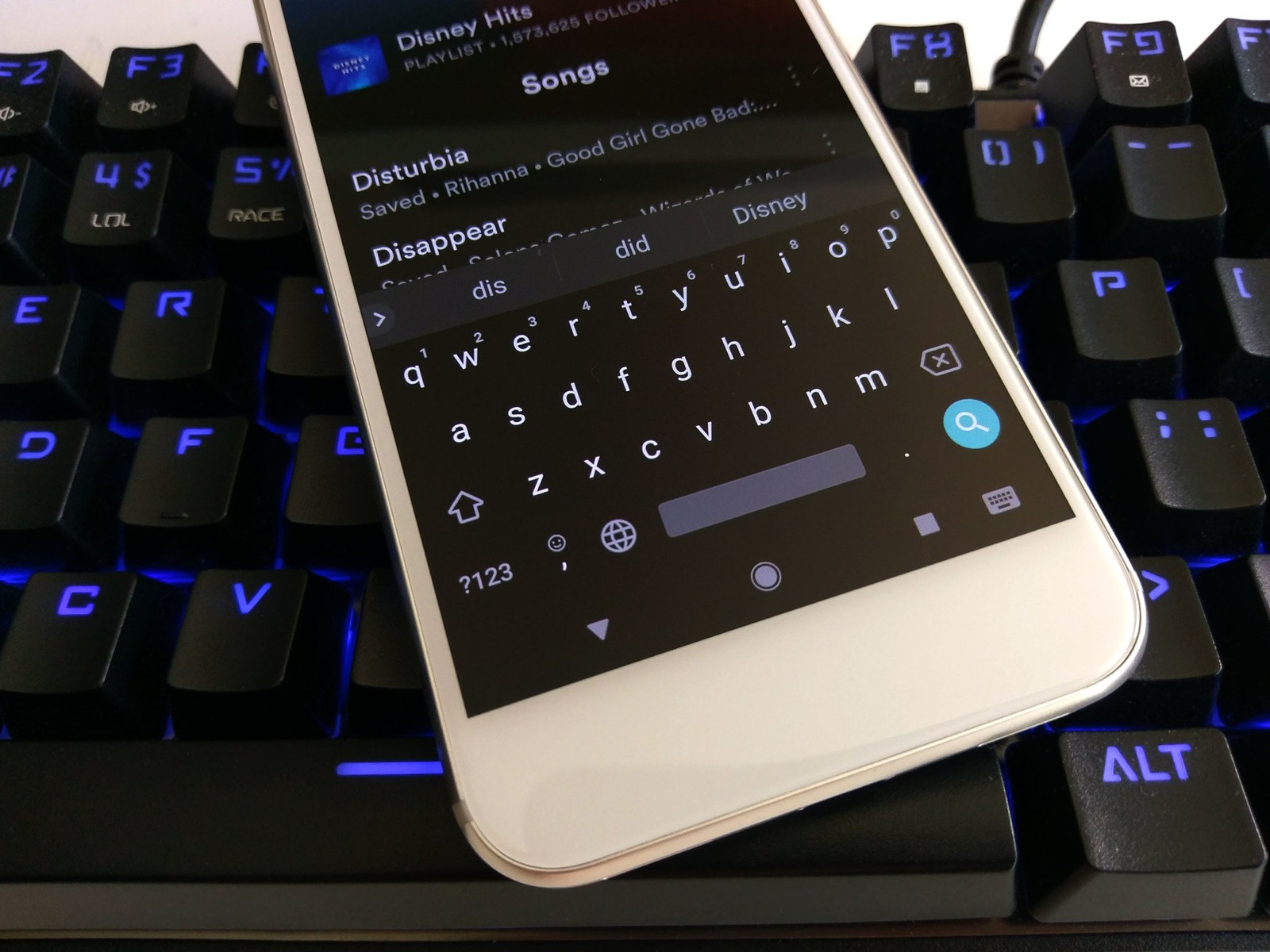Android is a powerful operating system. It can do many more things than iOS. It has the most active user community than others. Besides the operating system, different companies use different versions of Android. As a result, users need more consistency in the overall experience. Let us understand why smartphone manufacturers use different Android versions on their smartphones.
The Android Market
Android is a mobile operating system that runs on smartphones, tablets, and other devices. The Android Market is an online store where users can buy and download apps for their phones. The Android Market was introduced in 2008, and it’s the world’s largest app store for mobile devices.

There are many versions of Android available today. Different versions have different features and capabilities, which means they are not compatible with each other. This means that if you buy an app on one version of Android, it won’t work on another version. For example: if you have a Samsung Galaxy phone running Android 7.1 Nougat, it’s not compatible with Google Pixel 2 XL running Android 8 Oreo because they use different operating systems (OS).
Customized UI
Smartphone manufacturers use different Android versions to customize the user interface.
The user interface (UI) is the part of the system that allows you to interact with your device, so it must be designed in a way that makes sense to users. For example, on iOS, Apple allows developers to design their UI if they want to—but Android doesn’t allow this. This means that an Android device will always use Google’s standard UI.
However, some manufacturers don’t like how Google designs its UIs—so they make their own! This allows them to create an experience that they think will be easier or more intuitive for users.
Hardware Specifically Desired by the Manufacturer

Smartphone manufacturers use different Android versions because it allows them to optimize the performance of their hardware. For example, if a manufacturer wants to optimize their hardware for long battery life, they would want to use an Android version with less power. If a manufacturer wants to optimize their hardware for speed and performance, they would want to use an Android version that is more efficient and has more features.
The main reason why manufacturers use different Android versions is that it allows them to customize the operating system so that it can perform better with their hardware. For example, if a manufacturer wants to optimize their hardware for long battery life, they would want to use an Android version with less power. If a manufacturer wants to optimize their hardware for speed and performance, they would want to use an Android version that is more efficient and has more features.
Carrier Relationships
Smartphone manufacturers need to work with mobile carriers to get a phone in front of consumers. Carriers want to choose the phones sold on their networks, so they can offer them to customers who will pay for service and buy apps. Carriers also want to make sure that the phones they sell will be compatible with their existing infrastructure and work well with their current software platforms.
To ensure that they get the best possible deal when they sell phones through carriers, smartphone manufacturers have begun introducing different versions of Android for different carriers. For example, Samsung has two versions of its flagship Galaxy S6 phone: one running Google’s Android 5 Lollipop operating system (OS) and another running Samsung’s own Tizen OS. This allows Samsung to offer its flagship phones on multiple carriers around the world—including AT&T in the U.S., which sells only Android devices—while maintaining control over its product line and keeping fees low for each carrier it works with.
Conclusion
Because Android is open-source, no specific rules forbid manufacturers from using older versions. However, as explained by Android’s engineering team, Android 5.0 Lollipop was designed with security in mind, so it is better suited to newer hardware.




Add comment